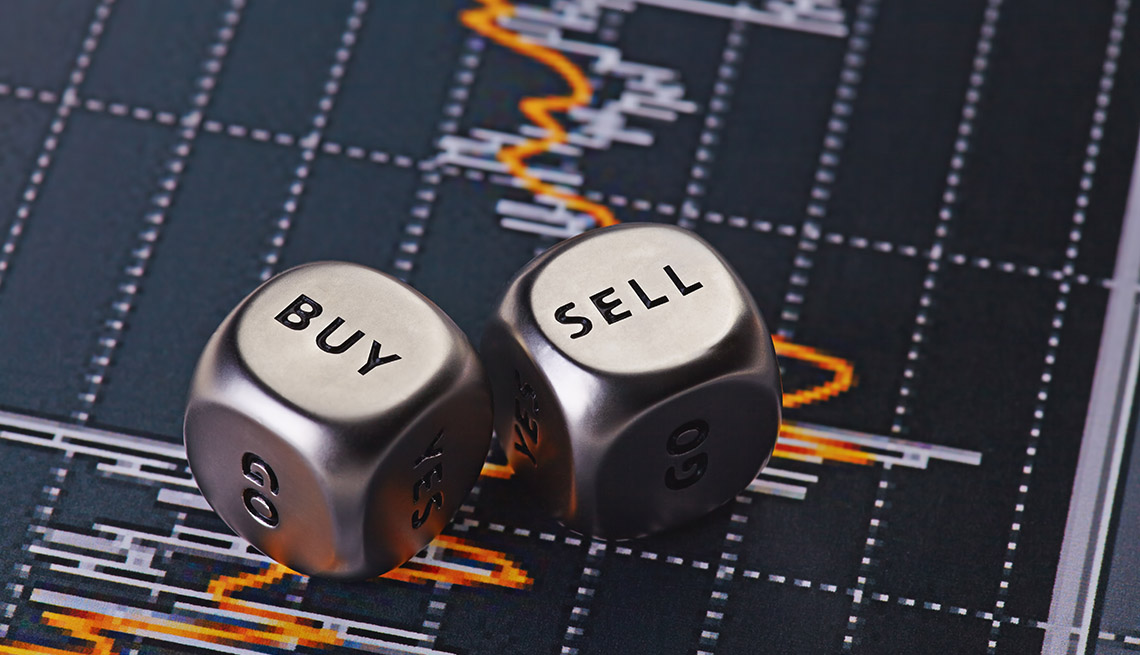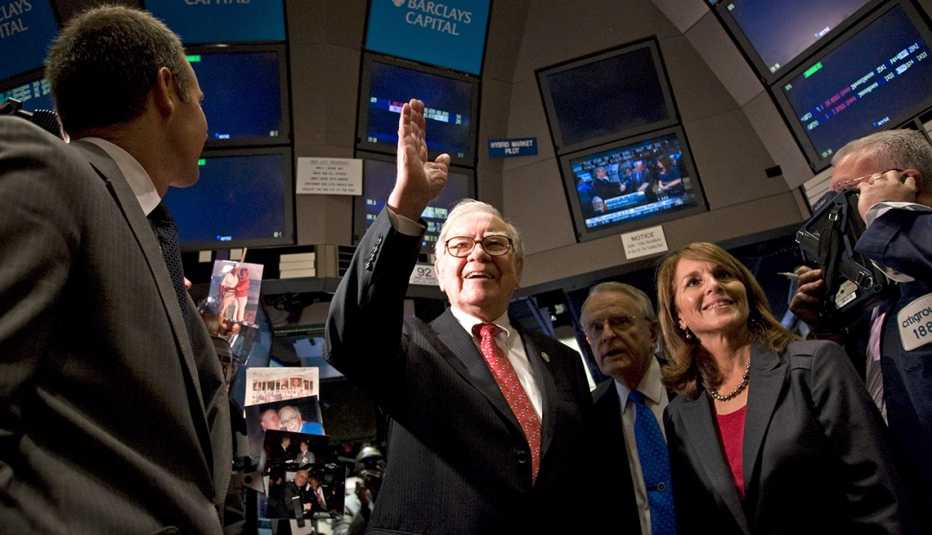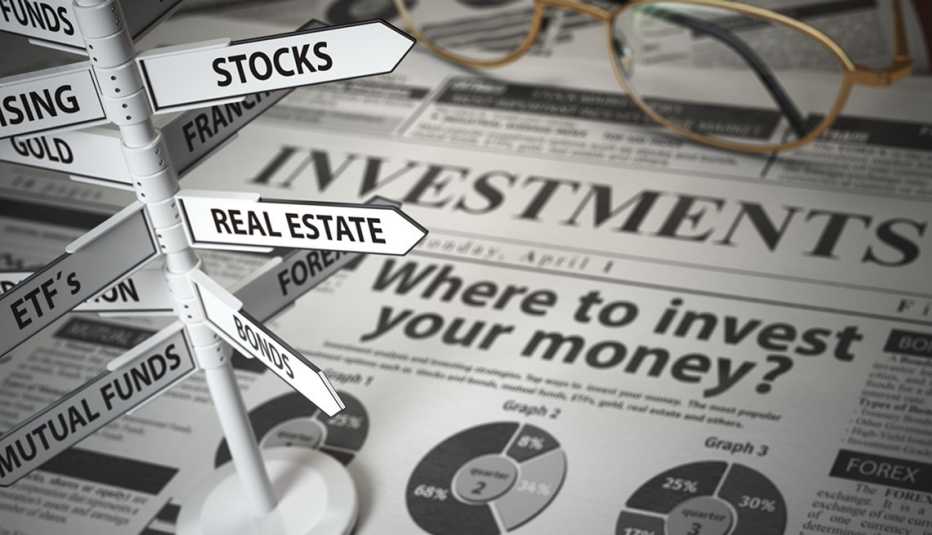Staying Fit
I own over 10,000 individual stocks with just one total U.S. stock index fund and one total international stock index fund. That's the core of my stock portfolio, and both have had a good year so far.
As happy as I am with my funds, they still don't exercise the piece of my brain that wants to have a little fun picking individual stocks. I'm of the opinion that it's fine to have a little fun with investing and it's OK to pick some stocks, as long as you follow some rules.


AARP Membership— $12 for your first year when you sign up for Automatic Renewal
Get instant access to members-only products and hundreds of discounts, a free second membership, and a subscription to AARP the Magazine.
Thrills and chills
It would certainly be fun to imagine owning only the top 10 performers in the Standard and Poor's 500 stock index this year through Dec. 1, 2020. Here they are, according to S&P Capital IQ.
S&P 500 Index 10 Top Performers 1/1/2000 - 12/1/2020
Company name — (Ticker) — % change
Etsy, Inc. — (NasdaqGS:ETSY) — 249.1
NVIDIA Corporation — (NasdaqGS:NVDA) — 127.9
L Brands, Inc. — (NYSE:LB) — 117.3
Advanced Micro Devices, Inc. — (NasdaqGS:AMD) — 102.0
PayPal Holdings, Inc. — (NasdaqGS:PYPL) — 100.2
FedEx Corporation — (NYSE:FDX ) — 92.7
ServiceNow, Inc. — (NYSE:NOW) — 91.1
Albemarle Corporation — (NYSE:ALB) — 88.7
West Pharmaceutical Services, Inc. — (NYSE:WST) — 81.5
Freeport-McMoRan Inc. — (NYSE:FCX) — 80.9
(data source: S&P Capital IQ Equity Screening Report)
Even better would be to own a few of the top performers not in the S&P 500 — such as Tesla (TSLA), up 598.9 percent, and vaccine maker Moderna (MRNA), up 620.9 percent. Tesla, by the way, is the sixth-most-valuable U.S. stock. The company's stock will be admitted to the S&P 500 on Dec. 21. Of course, at the start of the year, Corona was associated more with a beer than a pandemic, and Zoom was something you did with your camera.
In addition to much else, 2020 was certainly the poster year for unpredictability. And unpredictability can make picking stocks pretty thrilling — which, admittedly, is a feeling to which I'm not immune. Beneath my dull exterior of an index investor beats the heart of the Gambler. Even I get the occasional urge to buy that risky stock and get those spectacular returns, and sometimes I just can't resist acting on my thrill-seeking urges.
That's why I carve out a small piece of my portfolio for, perhaps, the only fun I have in investing. I call it my gambling portfolio.
My rules
Now, everybody should have a personal system to outsmart the market. My own belief is that buying one of these stocks after a spectacular gain is following the herd and doesn't end well. Though I don't tell people what they should buy, I do give them rules.




































































